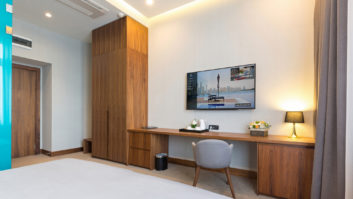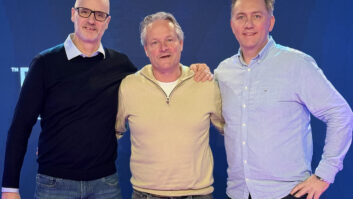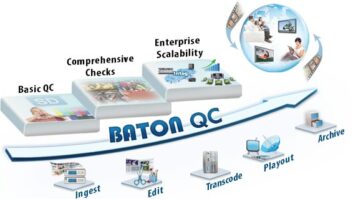
The arrival of portable touch-screen computers, including the iPad, is having a profound influence on the home automation market, according to a new report issued by Frost & Sullivan. Research analyst Hammam Ahmed guides David Davies through some of the key findings and addresses their long-term implications for CI professionals. European Home Automation Markets – a new report issued by Frost & Sullivan – captures the residential technology market at an important moment of transition. Whereas the sector’s most advanced solutions were previously accessible only to those with extensive cash-reserves, cutting-edge home automation technology is increasingly within the reach of a far broader demographic. The primary agent of change, it is clear, is the advent of more affordable control interfaces – symbolised, of course, by the ubiquitous iPad and its tablet rivals. For installers, this paradigm shift promises to open up a new market tier, but what of the implications for the makers of CI-dedicated touch-screen interfaces – systems that have historically contributed so significantly to overall project value…? Hammam Ahmed, research analyst from the Environmental & Building Technologies group at Frost & Sullivan, confirms the general industry feeling that “sales of high-end touch-screen user interfaces will decline dramatically”. But there is an important caveat: “In each installation, there will still be at least one typical (dedicated) user interface. What the iPad will do is replace the additional user interfaces that are sold in addition to the typical user interface.” So it’s not a doomsday scenario for dedicated CI control manufacturers, more of a realignment, and one that is also likely to involve a greater emphasis on the development of software for the new interfaces. Simultaneously, the savings that customers stand to make on user interfaces – which could be as high as 50% of the overall home automation system price – can be encouraged into other areas. The emancipation of home automation technology represented by the iPad is only one aspect of a generally upbeat overview. There is, says the report, evidence of a “speedy recovery” from the recessionary period, with established CI markets such as Germany, the UK and Italy set to remain “particularly important” (less positively, it is interesting to note that the French home automation market is “significantly small in contrast to other European countries with similar population or housing stock”.) Moreover, the overall health of the market is underlined by the report’s headline statistic: total revenues of €164.3 million for 2010 and an expectation that this will rise to €228.7 million in 2015 at a very robust compound annual growth rate of 5.1%. It is difficult not to be cheered by that prediction; after the uncertainty of the 2008/2009 period, European home automation appears to be set fare for sustained growth once more. But there are risk factors: an “increasingly globalised market” that sees more US players venturing into Europe, and what the report describes as a “lack of synergies between applications”. And, as ever, success is dependent on manufacturers and installlers keeping a close eye on end-user costs – failure to do so can only damage the technology’s crossover potential. “Price will remain a key determing factor,” confirms Ahmed, “particularly the price of programming. In order for the market to reach a wider audience, programming costs need to be reduced dramatically.” More information on the European Home Automation Markets report can be found at: www.buildingtechnologies.frost.com







